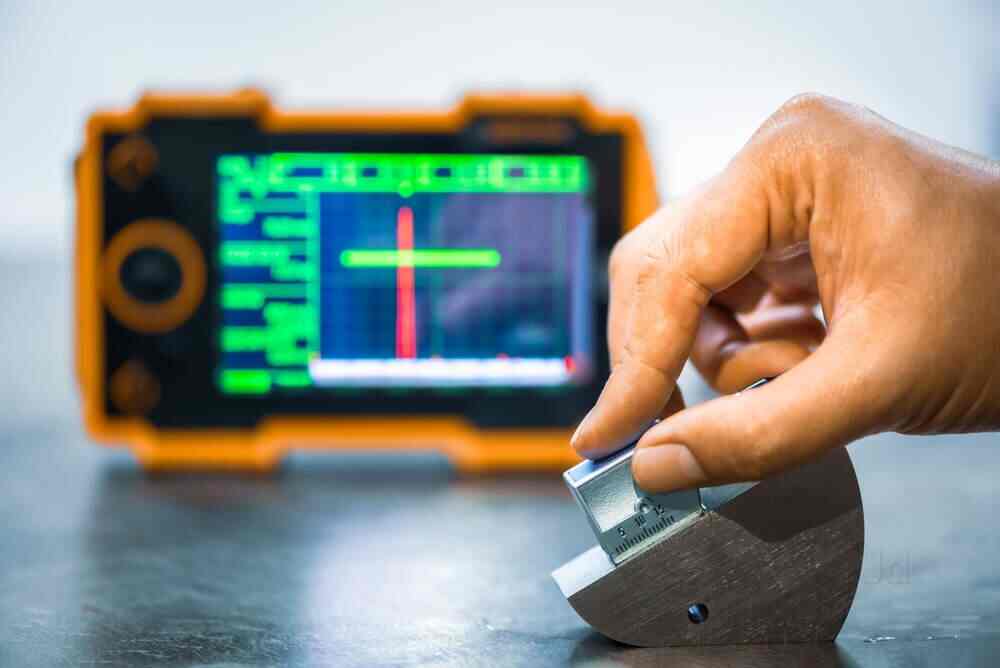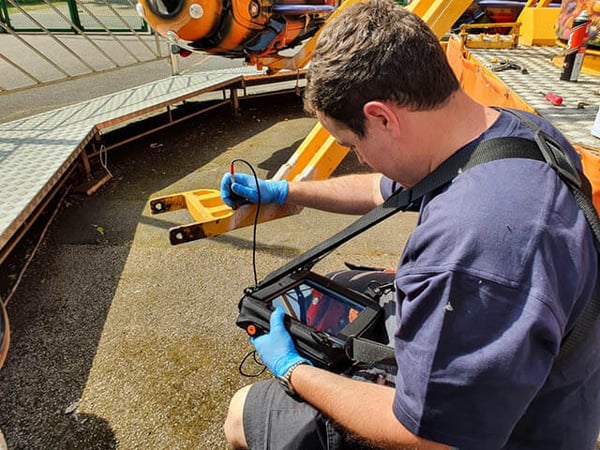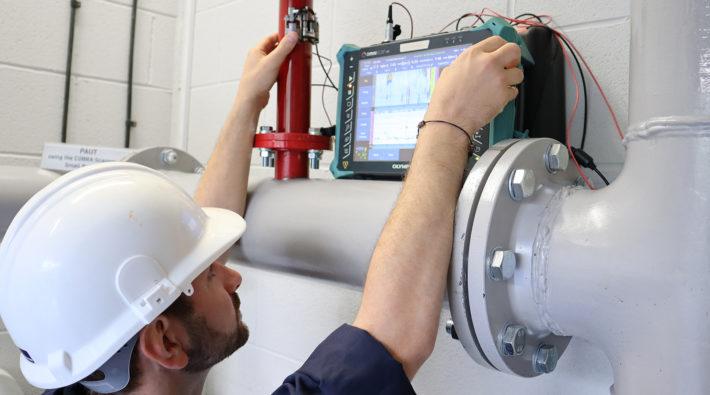The synchronization of optical inspection devices is crucial for maintaining high levels of accuracy and efficiency in various industries. This process ensures that all components of the inspection system work together seamlessly, providing reliable and consistent results. In this article, we will explore the importance of synchronization, its benefits, and how it can be implemented effectively.

What is Optical Inspection?
Optical inspection involves using cameras and sensors to examine products for defects or deviations from specified criteria. It is widely used in manufacturing, electronics, and automotive industries to ensure quality control. The synchronization of these devices ensures that they operate in harmony, reducing the risk of errors and improving the overall inspection process.
Importance of Synchronization
Proper synchronization is vital for achieving accurate results. When devices are not synchronized, it can lead to discrepancies in data, missed defects, and ultimately, product recalls or customer dissatisfaction. By synchronizing optical inspection devices, companies can enhance their quality assurance processes and maintain a competitive edge in the market.
Benefits of Synchronization
- Improved Accuracy: Ensures precise measurements and defect detection.
- Efficiency: Streamlines the inspection process, saving time and resources.
- Consistency: Provides reliable results, reducing the risk of errors.
Implementing Synchronization in Optical Inspection
To implement synchronization effectively, companies should consider the following steps:
1. Calibration
Regular calibration of devices ensures that they are working correctly and in sync. This involves checking and adjusting the equipment to meet specified standards. For more information on synchronization during calibration, visit Calibration Synchronization.
2. Software Integration
Using advanced software solutions can help synchronize devices by providing real-time data analysis and communication between components. This integration simplifies the inspection process and enhances accuracy.
3. Training Personnel
Training staff on the importance of synchronization and how to operate synchronized systems is essential for success. This ensures that all team members understand the process and can effectively manage the equipment.
Challenges and Solutions
While synchronization offers numerous benefits, it can also present challenges. These may include technical difficulties, compatibility issues, and the need for ongoing maintenance. However, these challenges can be overcome by investing in high-quality equipment, conducting regular maintenance, and staying updated on technological advancements.
Technical Challenges
Technical challenges may arise when integrating new systems or upgrading existing ones. These can be addressed by working with experienced professionals and choosing reliable equipment.
Compatibility Issues
Ensuring that all components are compatible is crucial for successful synchronization. Companies should choose equipment that is designed to work together and seek expert advice when necessary.
Future of Optical Inspection
The future of optical inspection is promising, with advancements in technology leading to more efficient and accurate systems. As industries continue to evolve, the need for precise and reliable inspection methods will increase, making synchronization even more important.
Technological Advancements
Innovations such as artificial intelligence and machine learning are set to revolutionize optical inspection, offering new possibilities for synchronization and quality assurance. For insights into how synchronization improves inspection accuracy, visit Inspection Accuracy.
Industry Trends
As demand for high-quality products grows, industries are focusing more on enhancing their inspection processes. This trend is expected to drive further advancements in synchronization technology.
Conclusion
In conclusion, the synchronization of optical inspection devices is a critical component of modern quality assurance processes. By ensuring that all devices work together seamlessly, companies can improve accuracy, efficiency, and consistency in their inspections. As technology continues to advance, the importance of synchronization will only grow, making it essential for industries to stay ahead of the curve.

FAQs
What is the role of synchronization in optical inspection?
Synchronization ensures that all devices work together seamlessly, improving accuracy and efficiency in the inspection process.
How can companies implement synchronization effectively?
Companies can implement synchronization by calibrating devices regularly, integrating advanced software, and training personnel.
What challenges might arise with synchronization?
Challenges may include technical difficulties, compatibility issues, and the need for ongoing maintenance, which can be addressed with proper planning and investment.
For more information on setting up preventive maintenance inspections, visit Preventive Maintenance.
This article contains affiliate links. We may earn a commission at no extra cost to you.
